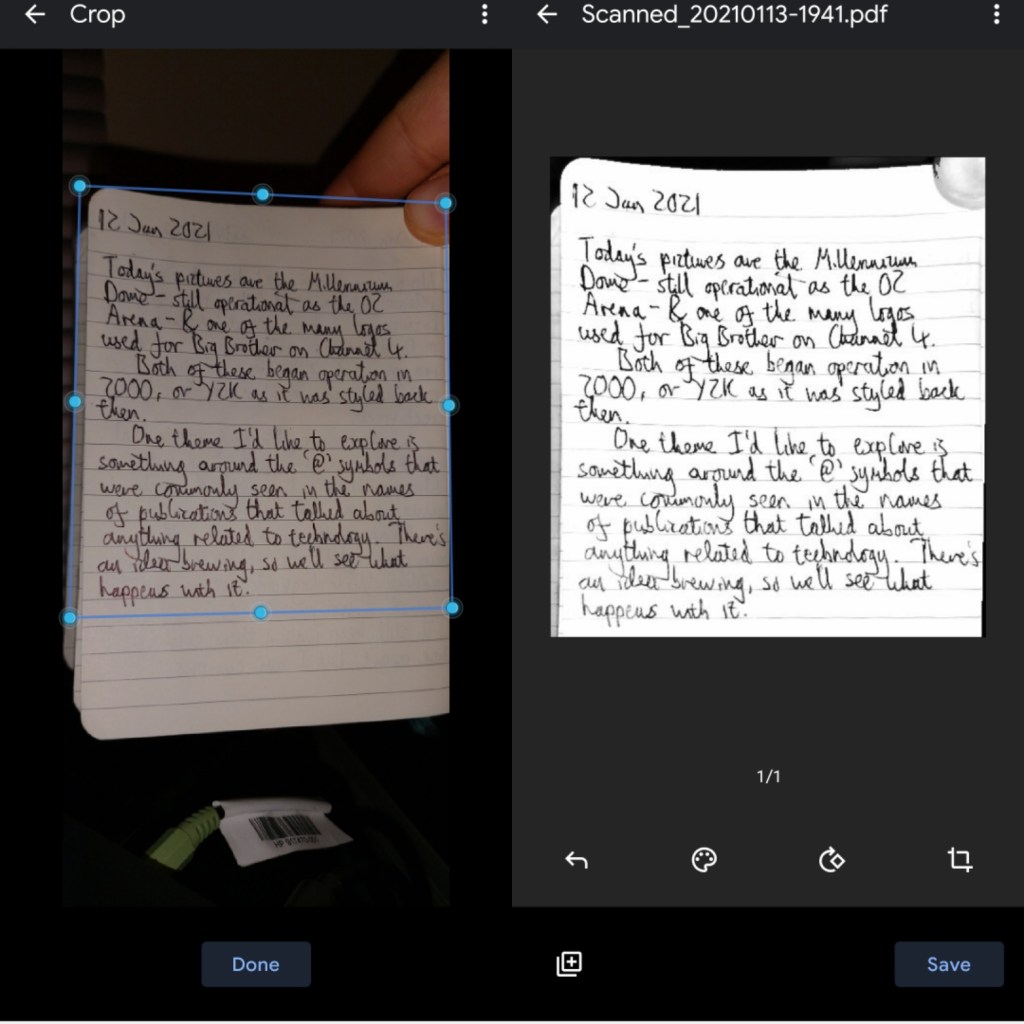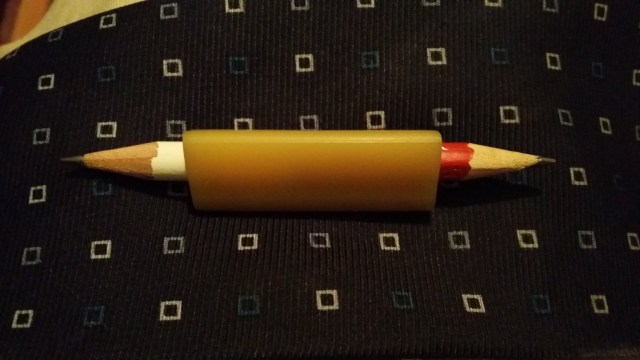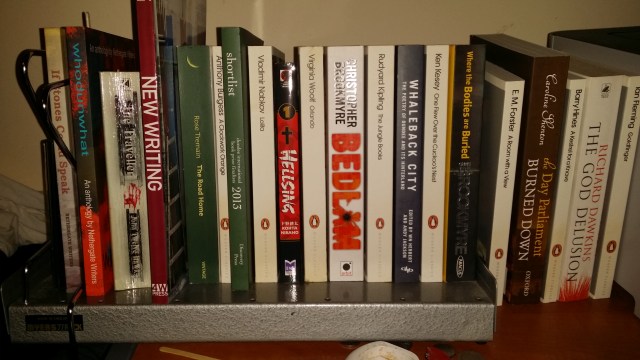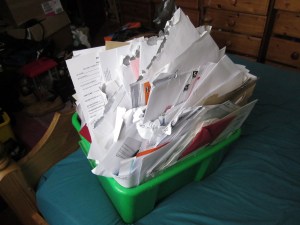I’ve always regarded writing as a strictly indoor activity. On account of the unusually warm weather over the weekend, however, I decided to try it outside again. It did not go well.
Despite being in the shade and having my computer screen brightness set to 100%, it was difficult to see what was on the screen as I finished off a project. When the battery ran low and the screen automatically dimmed, it then became near-impossible to see the mouse and cursor.
At that point, I decided to switch to writing a letter by hand. There have been times when the wind has blown my papers all over the place, rainwater has ruined them, or it was simply been too cold to hold a pen. That said, I had more success there. The only real obstacle was the sun glaring on the white paper, so I had to wear shades.
I don’t foresee too many more sunny days over the coming weeks, but if there is, I think a better solution would be to sit inside, open the door, and let the outdoors come in.






